The uses of hydraulic trimming press in die casting involve removing excess material, deburring, and part separation to ensure precision and quality.
In the die casting industry, the production process of high-quality metal parts does not end after casting.
When the parts are removed from the mold, workers usually need to carry out subsequent processing to achieve the required final shape, precise dimensions and surface quality.
At this stage, hydraulic trimming machines are indispensable equipment in the workshop.
This article will explain in detail the actual use of this type of equipment in the die casting process, how it works and the advantages it can bring.
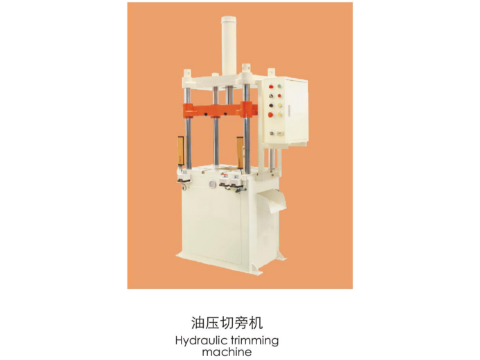
Fundamental Role: Solving the Critical Problem of “Flash”
In die casting operations, workers need to inject molten metal into the mold at high pressure. When the metal fills the cavity, excess material often seeps into the gaps of the mold parting surface, forming thin and jagged edges, which we call “flash” or “burrs”. These defects will directly affect the performance of the parts – they may reduce the accuracy of product assembly, weaken the function of the parts, and even affect the final appearance quality.
For example:
- Functional Impact: Burrs on automotive engine blocks may cause sealing failures.
- Aesthetic Impact: Rough edges on consumer electronics (e.g., smartphone frames) degrade product quality perception.
The Hydraulic Trimming Machine (HTP) can reliably remove burrs/flash from the edges of workpieces. Ensuring accurate processing dimensions and surface flatness. Unlike manual trimming, it controls the pressure through the hydraulic system: first accurately position the workpiece, and then use the set pressure to cut off excess material. This controlled shearing process will not damage the workpiece body, and the results of each operation are highly consistent.
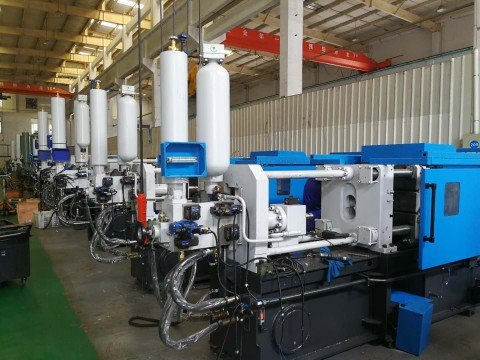
The uses of hydraulic trimming press
Removal of Flashing
The edges of die-cast parts often have a circle of extra thin metal edges (professionally called “flash”). The hydraulic trimming machine uses high-pressure shearing force to accurately remove these rough parts, making the surface of the parts smooth and clean. For example, complex parts such as automobile engine cylinder blocks can directly achieve the smoothness required for assembly after trimming.
De-burring
In addition to obvious flash, parts will also produce fine burrs or sharp edges during the casting process. The blades of the hydraulic trimming machine will finely trim the edges under high pressure, just like “doing manicure” for the parts. But there is no real metaphor in this process, it is actually achieved through physical cutting. This treatment not only makes the appearance of the parts more refined, but more importantly. It prevents burrs from scratching the hands of workers or affecting the assembly accuracy of parts in the equipment. For precision parts such as gears, removing burrs can reduce more than 80% of abnormal operating noise.
Part Separation
The core function of the hydraulic trimming machine is not only to accurately trim the edge of the workpiece. But also to efficiently complete the part separation operation. For example, after the die casting burr treatment, the equipment can directly separate the individual parts from the mold tree. And these separated parts can enter the assembly or the next process without additional treatment.
Consistent Quality
At the same time, the equipment uses a precise hydraulic control system to ensure processing stability. The pressure parameters and cutting trajectory of each operation are highly consistent, ensuring that all finished products can strictly meet the quality inspection standards and greatly reduce the rework rate.
Efficiency and Automation
It can automate large-scale production tasks and significantly reduce manual operations, thereby improving production efficiency and reducing labor costs.
Precision Cutting
The precise cutting capability achieved by the hydraulic system ensures that the size of each part strictly meets the design requirements.
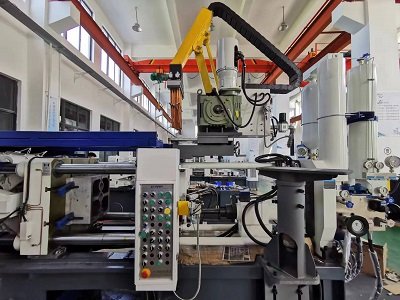
Practical application of die casting technology in the industrial field
In mass production die casting production lines, high pressure die casting (HTP) technology plays an irreplaceable role:
Automobile manufacturing field
It is mainly used in the production of key components such as cylinder heads, gearbox housings and structural brackets. Taking the magnesium alloy steering wheel frame as an example, its edges must be kept smooth and burr-free, because burrs will form corrosion starting points and directly affect the service life of parts. In modern automobile manufacturing, aluminum die castings have been widely used in powertrains, body structures and chassis systems. Among them, vacuum die casting technology can significantly reduce the internal porosity of castings and improve mechanical properties.
Consumer electronics field
Involves precision machining of aluminum laptop shells and smartphone mid-frames. This field has extremely high requirements for surface quality, and even micron-level edge defects may cause assembly failures. For example, heat dissipation components must be thoroughly deburred to avoid metal debris affecting the heat dissipation function, while meeting the process standards of product appearance. The electronics industry generally uses automated deburring equipment such as vibration grinding and magnetic grinding to ensure processing accuracy and batch consistency.
Industrial hardware field
Typical applications include flash plating of zinc alloy door handles and copper electrical connectors. According to the ASTM A153 standard, such parts need to use a centrifugal process to remove excess zinc so that the coating thickness meets the specification requirements and ensures that the coating is evenly attached to the substrate. For rubber parts, flash treatment needs to consider mold pressure and material properties. Usually, grinding or cutting processes are used to control the extension of the flash to ensure that the functionality and appearance of the parts meet the standards.
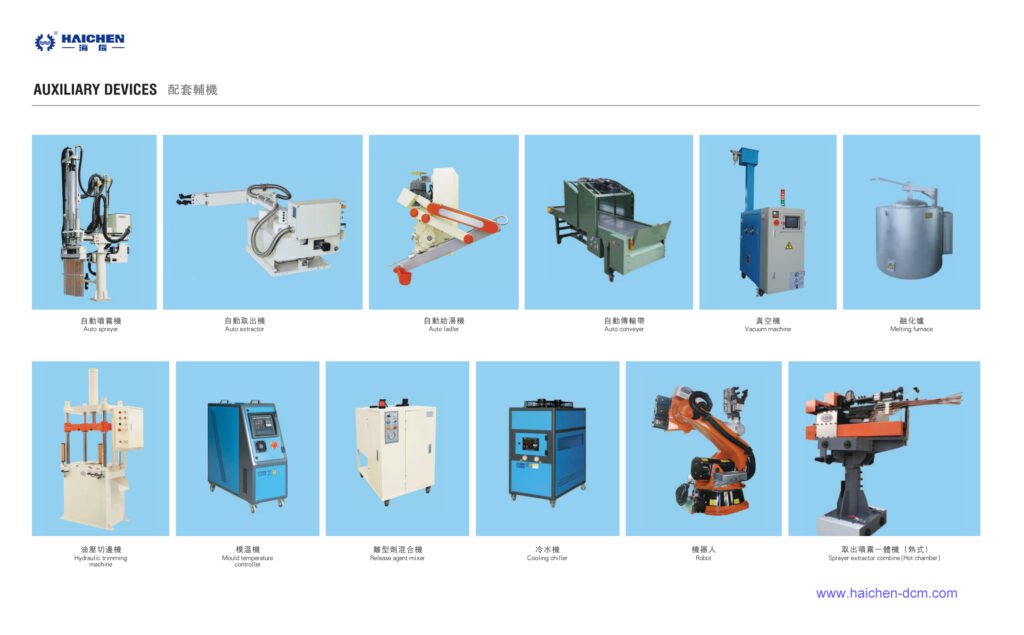
Advantages of Haichen hydraulic trimming press
Haichen hydraulic trimming machine optimizes the die-casting production process through advanced technology, bringing triple core values to your factory:
- Long-lasting and stable production guarantee: The equipment adopts an integral gantry frame structure and an integrated welding process. The main structure is sturdy and durable, and can continuously process workpieces with a thickness of 10-40mm and a length of 12 meters, ensuring that 20 tons of shear force can be maintained under long-term high-load operation, greatly reducing the risk of downtime caused by equipment failure.
- Accurate and efficient quality control: Equipped with a precision hydraulic system and Siemens human-machine interface, it achieves a cutting accuracy of ±0.01 mm, effectively solves the problem of burr size deviation, and reduces subsequent rework hours. Actual measured data shows that this technology can increase the speed of the production line by 30%.
- Economical and practical maintenance design: Modular hydraulic components and simple pipeline layout shorten daily maintenance time by 50%. Operators only need basic training to complete routine maintenance, significantly reducing maintenance costs.
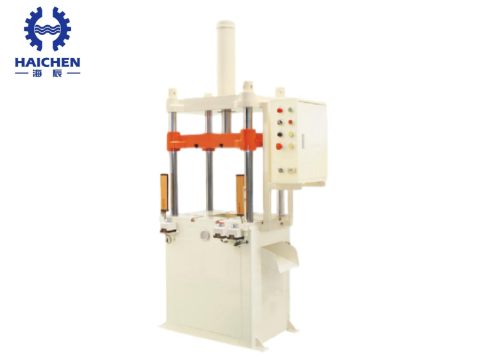
Hydraulic trimming machines play a key role in the production line of die casting workshops. Operators use them to remove burrs from parts and make the surface smoother. This equipment helps the factory ensure that each product meets quality inspection standards.



